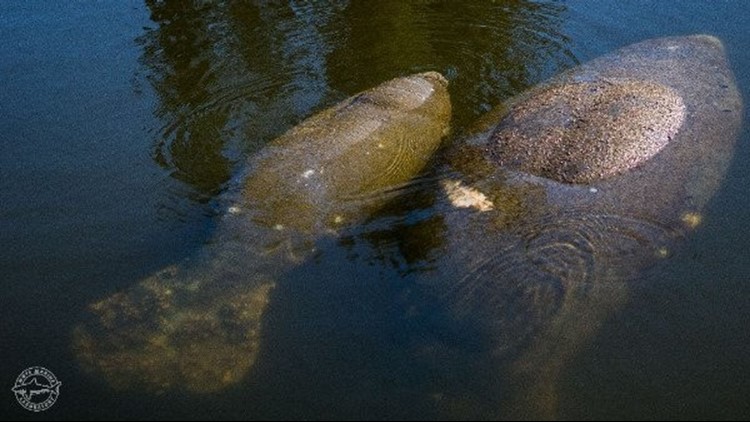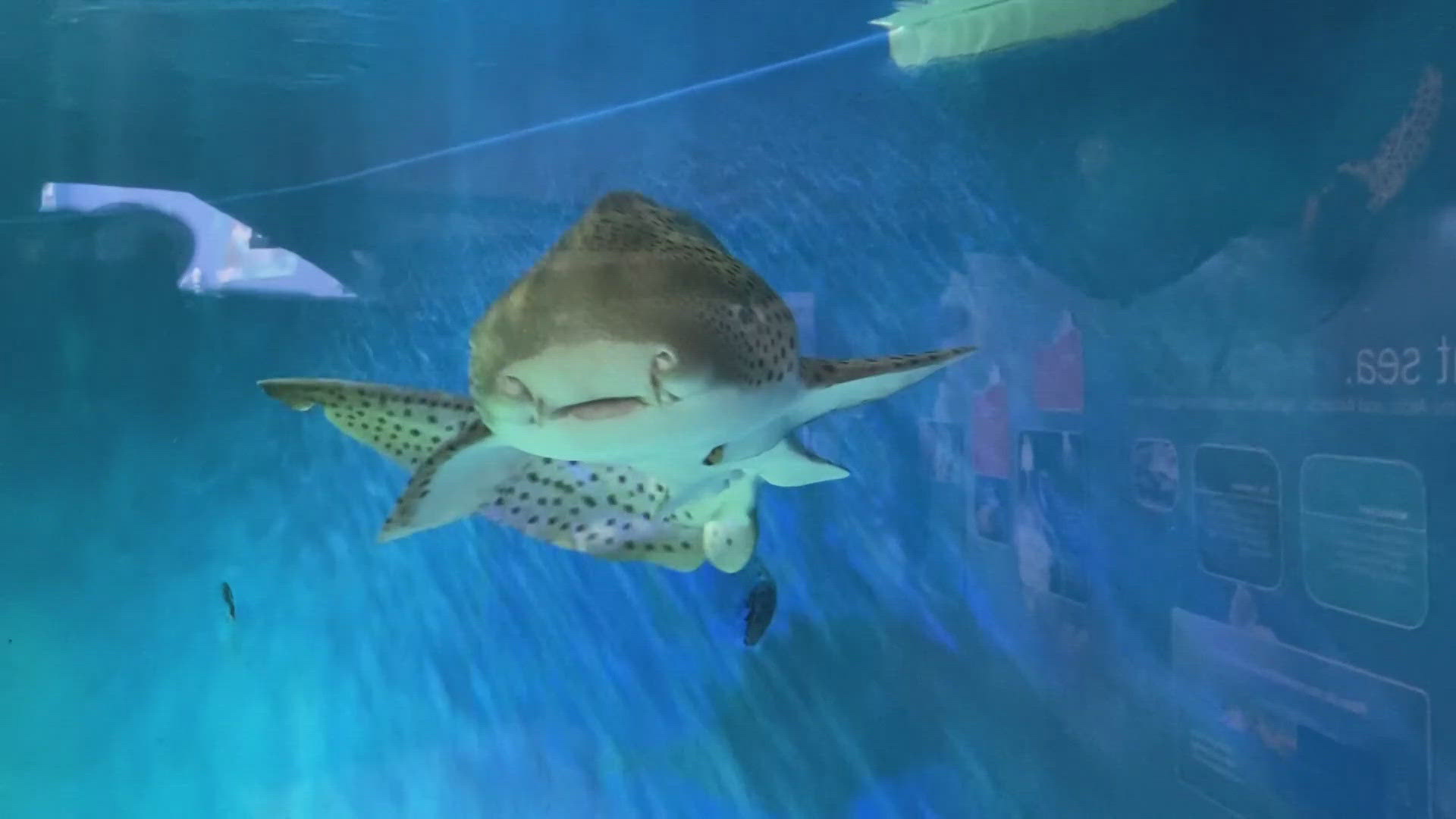BREVARD COUNTY, Fla. — Tens of thousands of acres of seagrass that is critical to the health of the Indian River Lagoon have disappeared, and the loss is affecting manatees.
The Daytona Beach News-Journal reports that since 2009, 58% of the seagrass in the lagoon system has disappeared, choked off from sunlight as a result of an over-saturation of nutrients in the water.
Seagrass is food for hundreds of thousands of animals, and home to even more. The loss of seagrass has been especially hard on the manatees that graze on it.
A recent report by the Florida Fish and Wildlife Conservation Commission has revealed manatee deaths rising at an alarming rate.
In just the first two months of 2021, FWC has recorded 358 manatee deaths. It's more than half of the deaths that occurred in all of 2020 - which was 637.
When compared to the first six weeks of previous years, manatee deaths in 2021 were three times higher than the average.
Nearly half the deaths have been reported in Brevard County, where the Indian River Lagoon is located.
FWC has not commented on what is causing the spike, but the agency said it is investigating.
An expert who has spent 40 years studying manatees in Central Florida said dead manatees are being found with nearly nothing in their stomachs.
The Associated Press contributed to this article.
- Coronavirus in Florida: 1 year after the first cases
- Nurse paralyzed by COVID-related infection returns home to continue recovery
- As vaccinations ramp up, COVID testing is down. That could be a problem, doctors say
- Third stimulus check: When will the Senate vote?
- Iceberg larger than New York City breaks off Antarctica
- University of Florida places professor on leave amid investigation into student’s suicide
►Breaking news and weather alerts: Get the free 10 Tampa Bay app
►Stay In the Know! Sign up now for the Brightside Blend Newsletter



